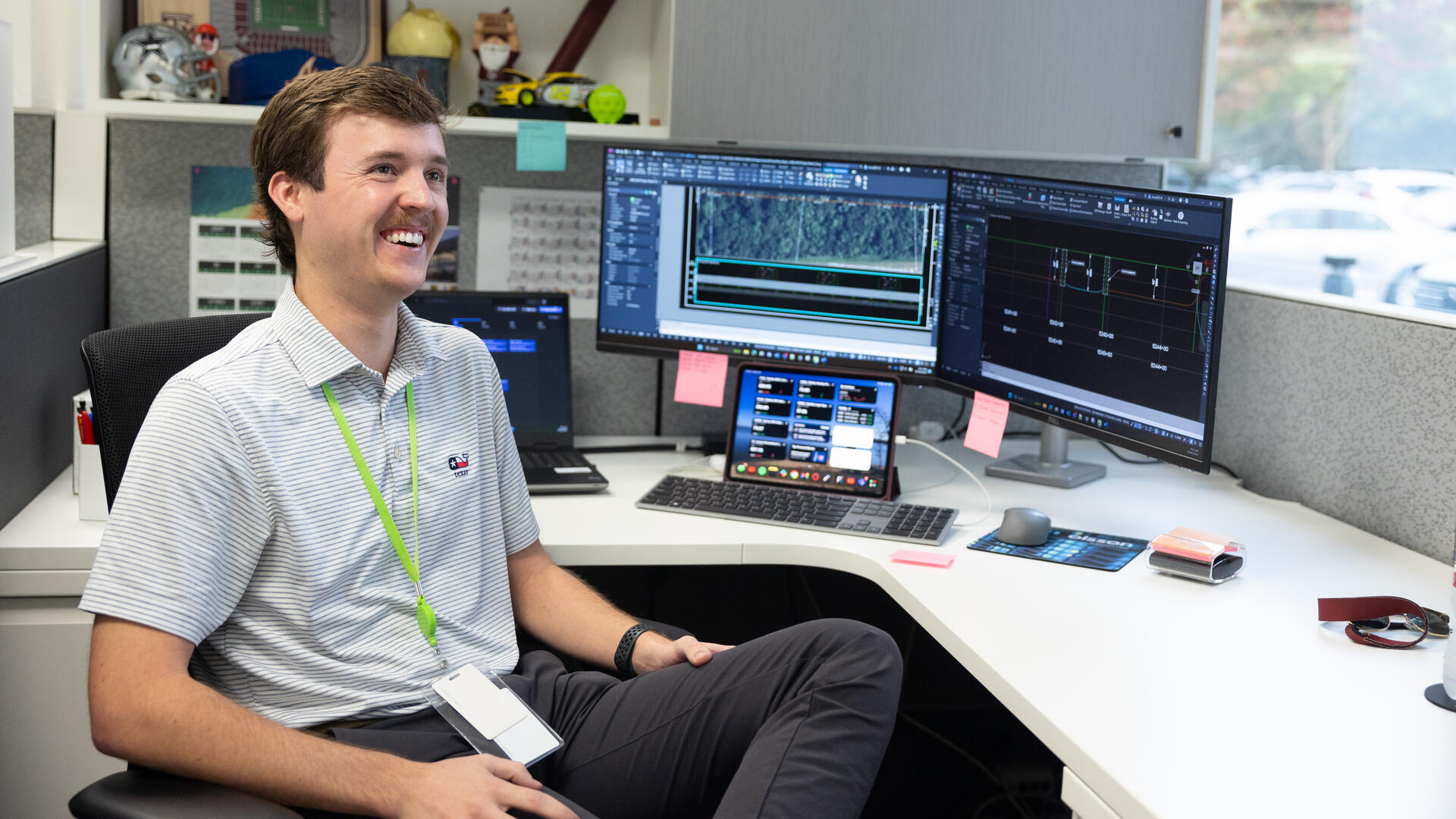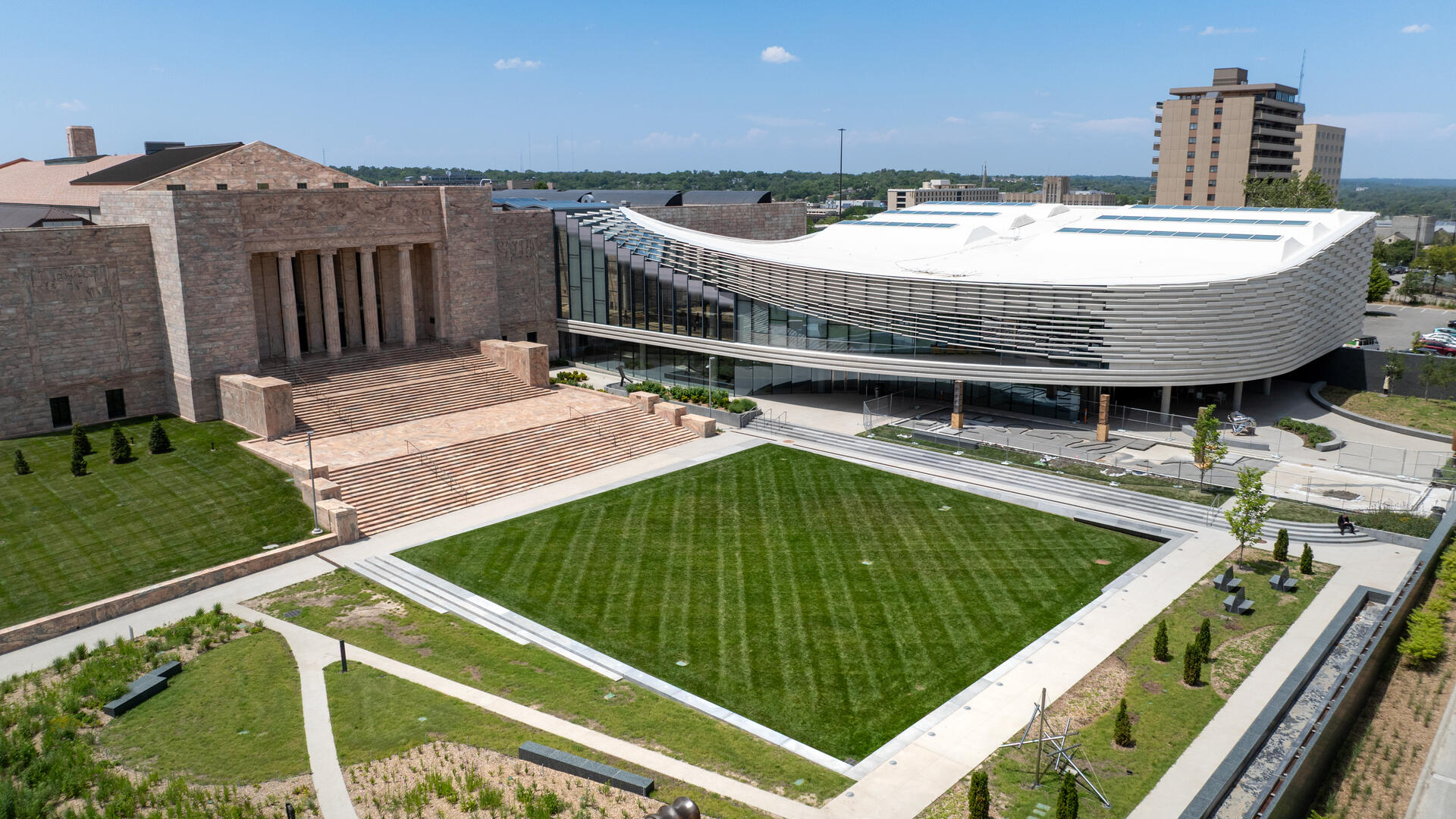Faced with a failing belt filter press for its water pollution control (WPC) facility, the City of Beatrice, Nebraska, selected Olsson to determine the best technology for dewatering biosolids. For our wastewater engineers, every available technology was on the table, including centrifuges, updated belt filter presses, screw presses, and thermal dryers.
The goal was to make dewatering improvements that would be compatible with the city’s existing trickling filter facility and a future sequencing batch reactor (SBR) facility.
We conducted a review of historical biosolids data and calculated estimates for biosolids production with the future SBR facility. And after careful consideration, our team determined centrifuges were the most cost-effective solution to meet the city’s objectives. Centrifuges provide the greatest flexibility to meet future design capacities and regulations.
We conducted a centrifuge pilot study to validate performance criteria used in the preliminary evaluation and to demonstrate the operating flexibility for the city’s facility.
Before construction could begin, the city needed to retrofit the existing WPC facility, which presented several challenges regarding the physical space and electrical capacity. In addition, the facility needed to operate throughout the project.
Our design of the new facility allowed biosolids dewatering to occur in the building throughout construction. In addition, we recommended replacing the main electrical switchgear that serves the WPC facility to handle additional electrical load for the project. The WPC facility ran on portable generators for a week while the main switchgear was replaced.
Our design achieved biosolids dewatering with pairs of progressive cavity pumps, centrifuges, and screw conveyors along with a polymer feed system. The design included provisions to add a third centrifuge in the future when it’s needed. An abandoned basin on site was converted into a 35,000-gallon sludge holding tank. Finally, sludge-return and wasting valves were automated to reduce labor needs.
Several structural improvements were made, including a new roof, doors, windows, and masonry repair. Ventilation in the dewatering building was improved to control odors and reduce energy consumption while meeting current design codes.
The WPC’s nonpotable water system was replaced to accommodate the volume needed for centrifuge wash water, centrate dilution water, and the headworks screenings washer/compactor.
We provided mechanical, electrical, structural, and civil engineering; surveying; site design; process engineering; and instrumentation and controls engineering.

































.avif)





































.avif)


























